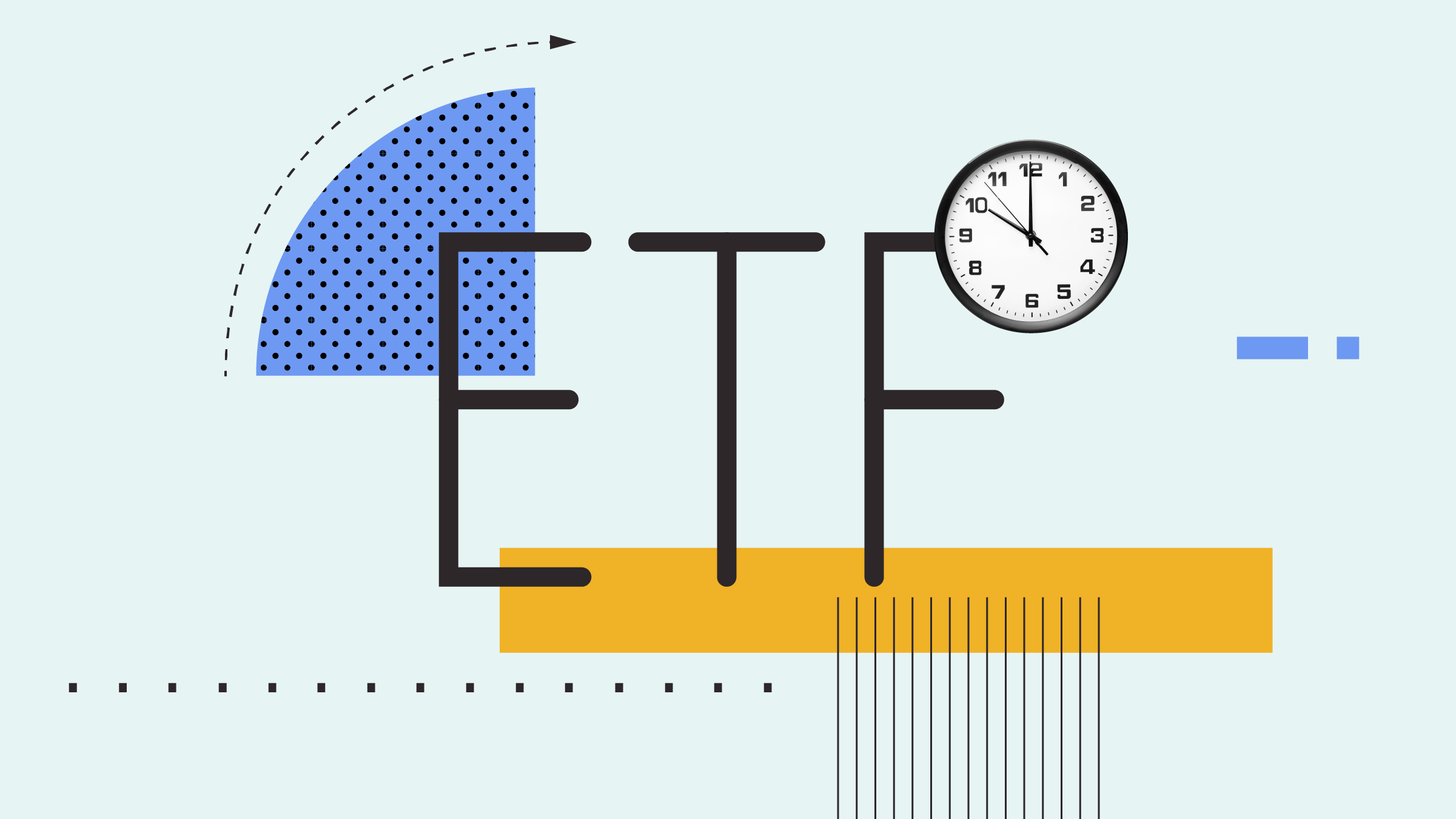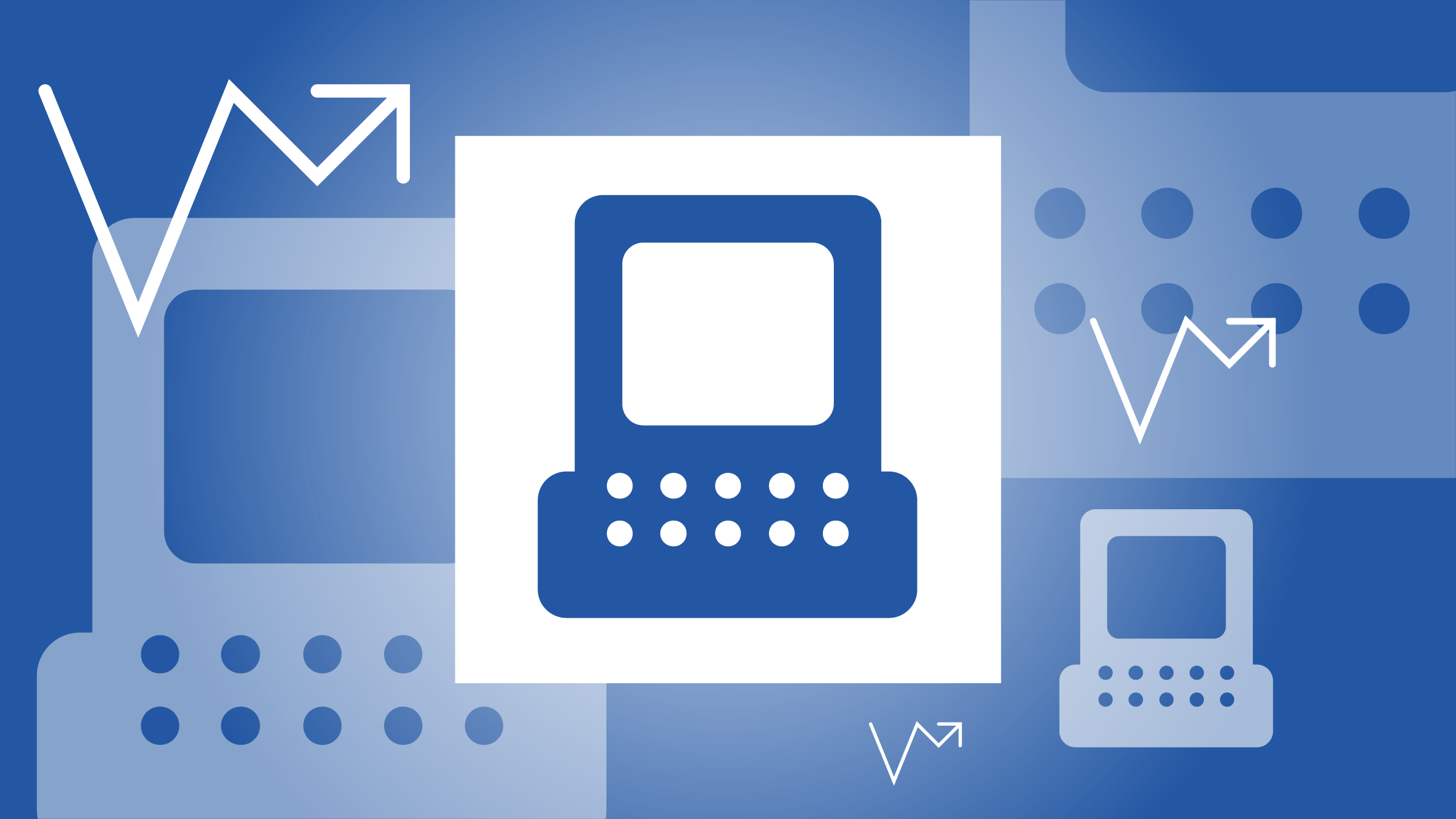Projecting the future price of precious metals is a difficult and likely futile task. Gold bugs seem to insist that there is always room for further appreciation regardless of how far prices have risen recently. Conversely, others proclaim that gold has been in a 6,000-year bubble.
The right answer is likely somewhere in the middle, but finding one on an intrinsic valuation basis is virtually impossible. There are no future interest or dividend payments to project and discount, so we'll just have to rely on the madness of men.
Unlike equities or bonds, commodities like gold and silver bullion are nonearning assets that are worth only what another party is willing to pay. Commodities do, however, offer diversification benefits that can traditionally be reaped when other securities markets are performing poorly. In other words, commodities can have a role in your portfolio even if you have no opinion on future prices.
When considering bullion funds as long-term core holdings, we recommend using only up to a weighting of 4% of total assets, if at all. Our research suggests that a 4% to 10% total weighting for all direct commodities exposure is sufficient, and the majority of that weighting should be split among energy, agricultural, and industrial and precious metals. That said, precious-metals funds can be used periodically as satellite holdings for an inflationary hedge or a store of value during periods of currency valuation uncertainty.
The Run-ups and the Ratio
Instead of trying to justify the prices of commodities on an absolute basis, speculators often contemplate the relative valuations of commodities against one another. We did just that back in November 2009 when we recommended that investors considering an investment in precious metals lean toward silver over gold. The reason for today's article is to let you know that the trade looks a little rich right now; we currently favor gold over silver (and equities over both).
In the 15 months following our recommendation, silver has risen nearly 88% while gold gained 27%. Granted, both metals outpaced the 19% gain posted by the S&P 500, so you would probably feel pretty good about your investment in either one. Over the trailing six-month and one-year periods, SPDR Gold Shares (GLD) maintained correlations to the broad equity space of roughly zero and -0.20, respectively, while iShares Silver Trust (SLV) saw slightly higher correlations of about 0.20 and 0.30, respectively. Daily correlations have remained very low, and the holdings served well in providing a level of portfolio diversification. That said, considering that both stocks and precious-metals offerings have been moving in the same general direction since March 2009, the correlation argument begins to break down if you start measuring the performance over longer incremental time horizons.
In November 2009, the price of an ounce of gold was roughly 64 times greater than an ounce of silver. Some insist that the centuries-old gold-to-silver ratio of 16 still carries weight, but the average ratio in the past 30 years sits at just about 63. That ratio has been severely depressed, having fallen to just under 40 today. Needless to say, the silver-over-gold trade is looking quite rich.
Silver has only been this expensive relative to gold twice in the last 25 years. Both of those instances lasted for only a few weeks before the ratio normalised. You would have to venture back to the 1970s to find any length of time when silver remained more fashionable than it is today. I have a feeling, however, that the recent style trend may have the same lifespan that leisure suits and disco dancing did with even the 1970s' grooviest socialites.
Assuming the traditional gold-to-silver ratio holds some water, there are two ways for a correction to take place. On one hand, we could see silver prices fall. On the other, gold could continue its upward tear. For the latter case to play out, gold prices would need to climb to new highs of around $1,480 per troy ounce, a move of roughly 6%, or $80, from today's prices. A correction on the silver side would remain well within the metal's 52-week range, and near the upper bound at that. Given silver's aforementioned 88% gain versus gold's 19%, the former case seems likelier.
The Flows
GLD has seen sizeable outflows every month since October 2010. Last month alone, GLD bled $3.7 billion. During the same period, however, SLV only saw a single month of moderate outflows. It would seem that the silver-over-gold play has become increasingly popular. Last month, SLV saw $263 million of inflows.
Much of the controversy surrounding physically backed precious-metals exchange-traded products focused on the fact that, unlike their equity- and futures-based cousins, by backing their shares with bullion they effectively draw down real supply of their target metals. While the run-up in silver is also guided by global demand trends, the influx of investment demand for ETFs like SLV provides additional positive price pressure as inventories of silver are allocated to the fund's vaults for the purpose of share creation. At current prices, SLVs $263 million inflow last month translates to approximately 7.7 million ounces of silver. That allocation represents just less than 11% of total mined silver production in 2009, highlighting the significant portion of supply that is being stored rather than consumed. Annualising that fund flow figure might not be realistic since that would mean the ETF would add more silver to its vaults than is produced by miners annually, but is clearly illustrates that the silver ETF is demanding an extremely large portion of all silver pulled out of the ground. In fact, the silver ETF today holds more of the bullion in its vaults than all other storage sources combined did just five years ago.
Silver: Precious or Industrial?
The performance expectations of each of the members of the precious-metals group are often painted with a very broad brushstroke. The first metal to come to mind is gold, and for good reason. Throughout history, gold has proven time and again to be the asset of choice for those looking for a reliable store of wealth. Gold has been used as specie for ages, and is still likened to a monetary metal by many today. In line with popular perception, industrial demand makes up a relatively small fraction of overall demand.
This isn't quite the case for silver. Despite its precious-metal grouping, the lion's share of demand for silver is accounted for by industrial activities. In 2009, industrial demand accounted for 41% of all silver demand, and GFMS, a prominent precious metals consultancy, forecasted that figure to grow to 46%.
While at first glimpse, recent flows may seem to indicate continued interest in physically backed silver exposure, they set the stage for a significant correction. Unlike gold, silver historically has not been stored. Rather, as its demand allocations would indicate, the vast majority of annual silver production is consumed. Not surprisingly, the entrance of physically backed funds and the outsized draw on production that they created made for substantial positive price pressures.
The potential for a correction comes on the basis of a substitution effect. As prices of silver continue to increase, industrial demanders of the metal will, at some point, find it economically viable to turn to other metals to fulfill their needs. While the price at which substitution becomes feasible differs from one industrial application to the next, the outsized allocation toward industrial demand for silver creates the potential for a significant correction.
The Sanity Check
Many attribute the run-up in silver and gold prices to extremely loose monetary policy by several developed nations. Some argue that on that basis, fundamental drivers for the metals are still positive and leave room to run. Examining silver on a more granular basis does, however, seem to point to a level of overheating with respect to both gold and its own performance as prices have gone virtually vertical.
We initially recommended the position because a number of drivers including price, flight to safety, broad inflationary fears, and the gold-to-silver ratio aligned to set the stage for a positive run. We've been pleased to see quite an upward tear, and while there still may be a bit of room to run as the market adjusts to potentially long-term structural changes in both the global economy and our monetary-policy backdrop, it may be time to pocket some of that hard-earned coin.
























